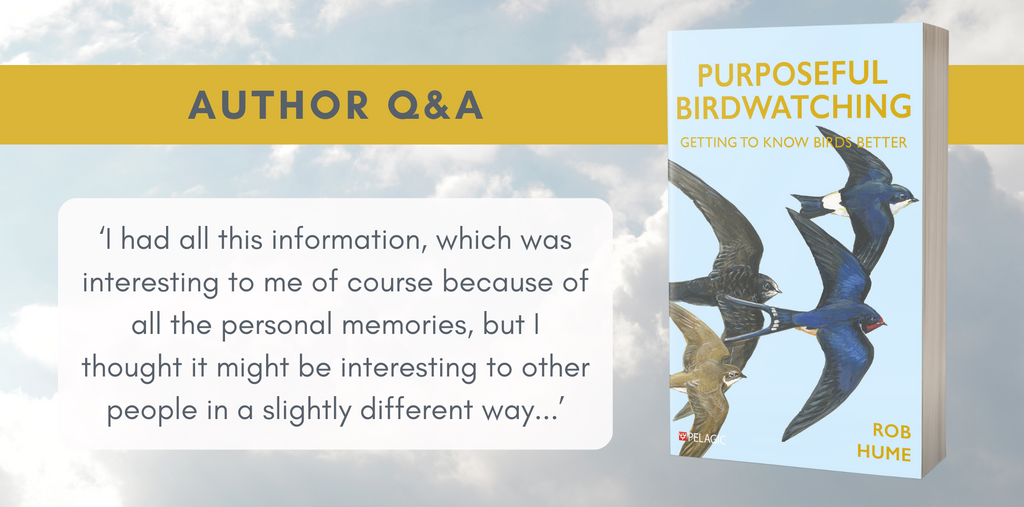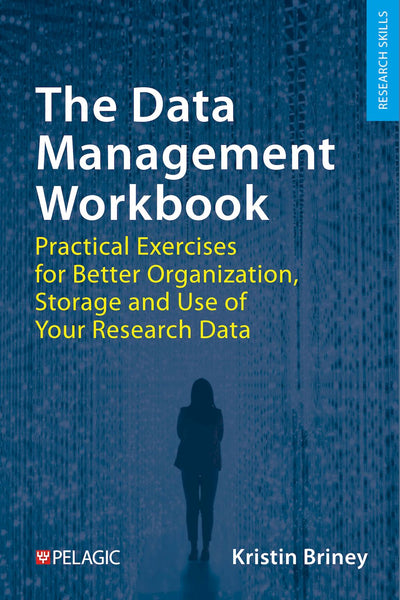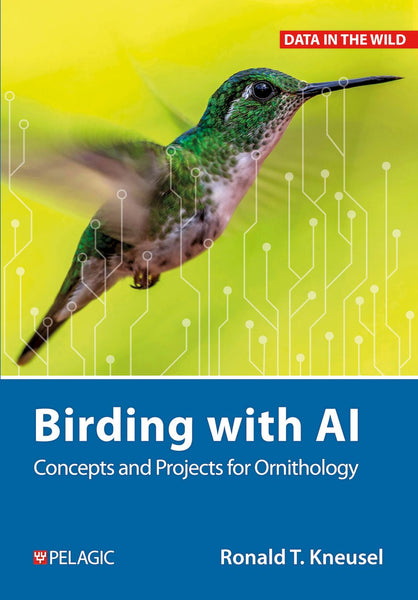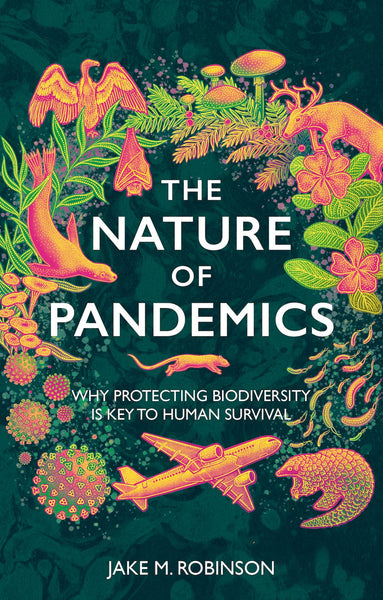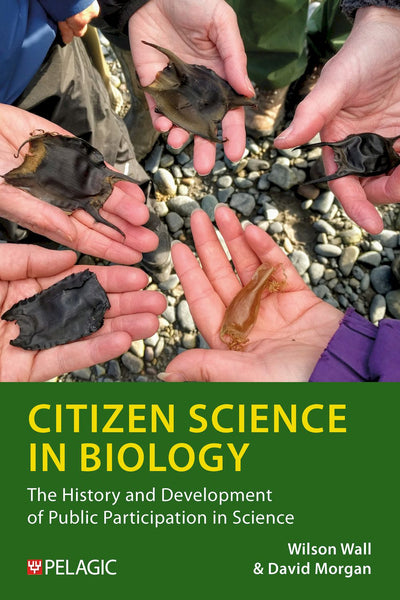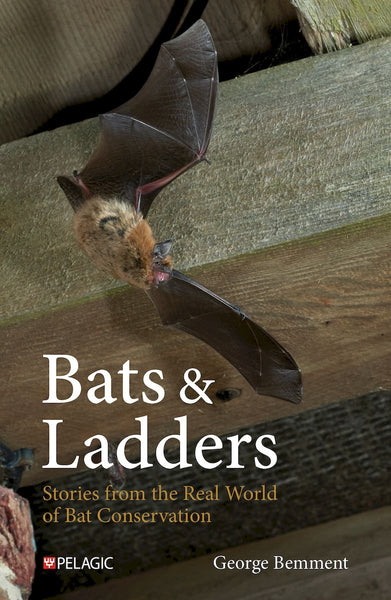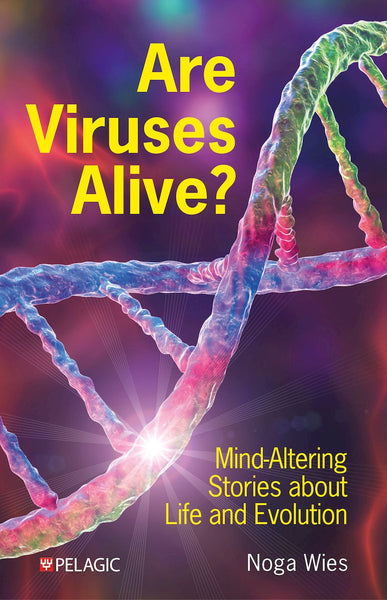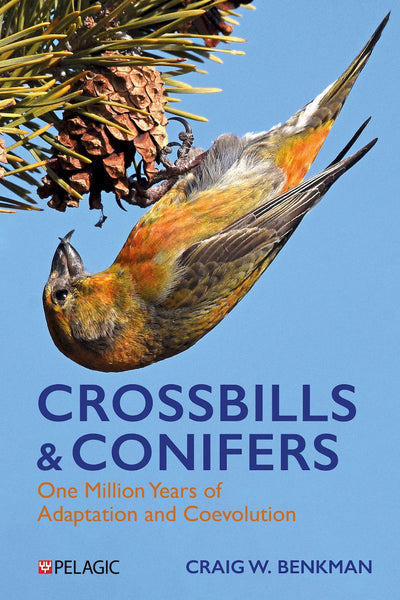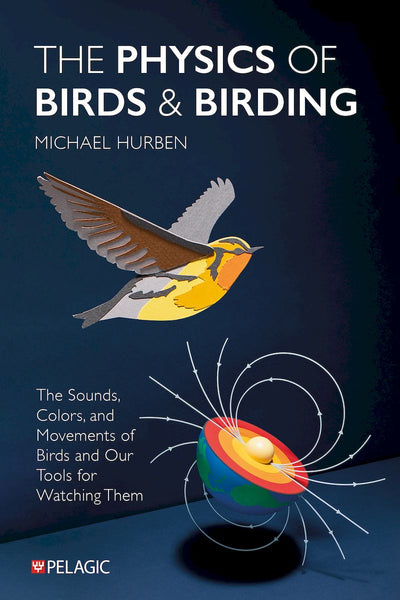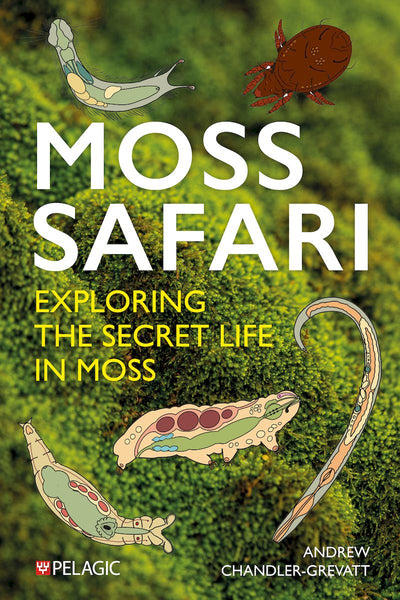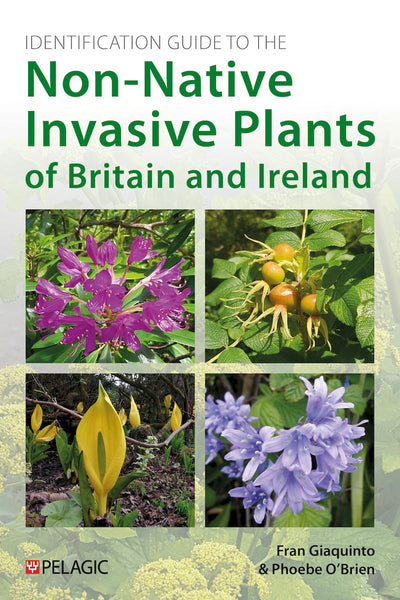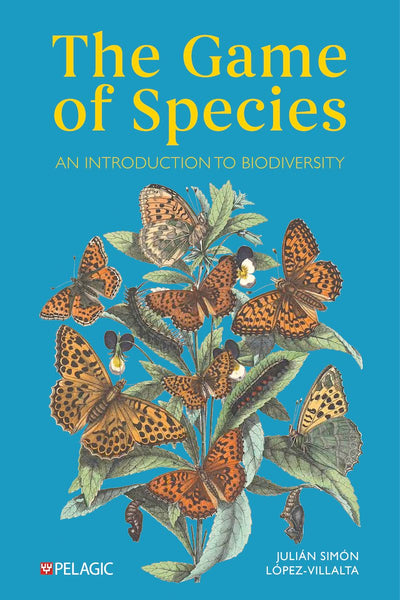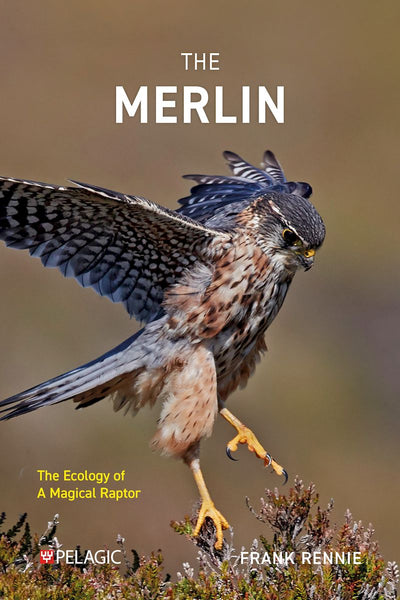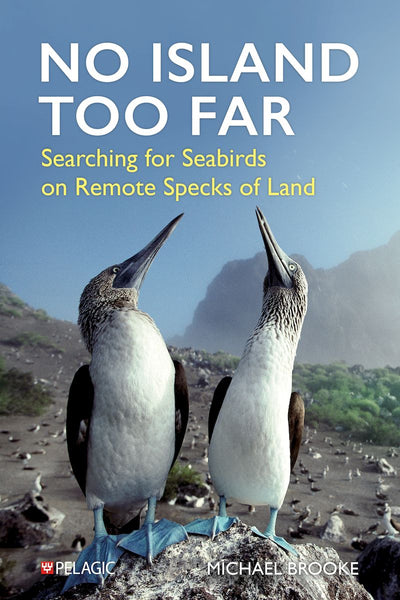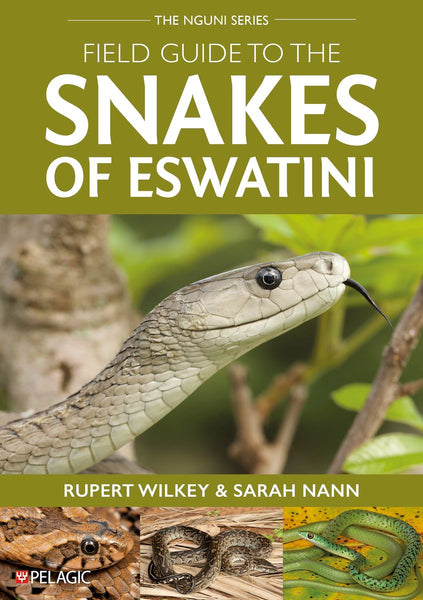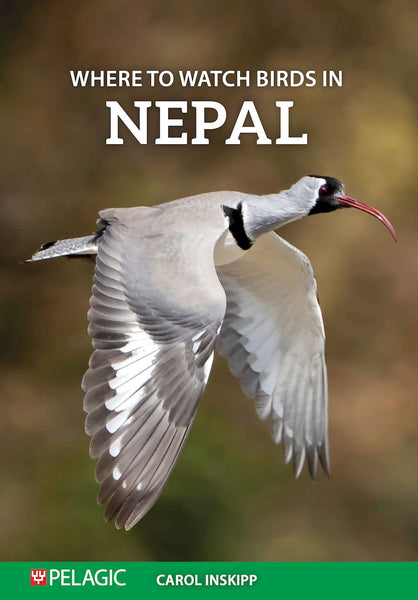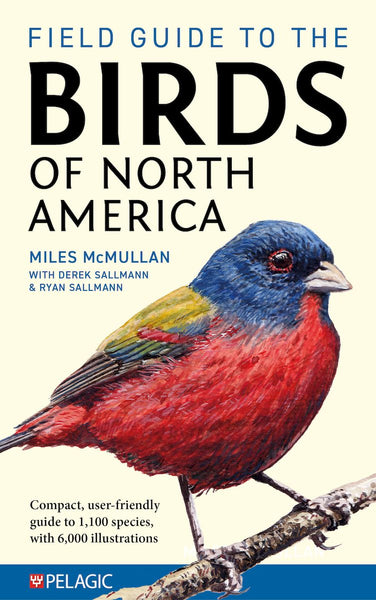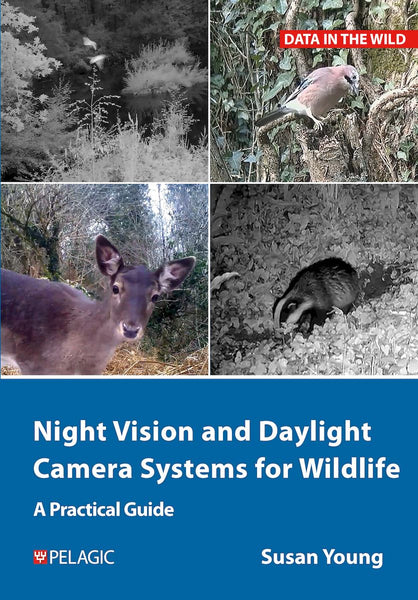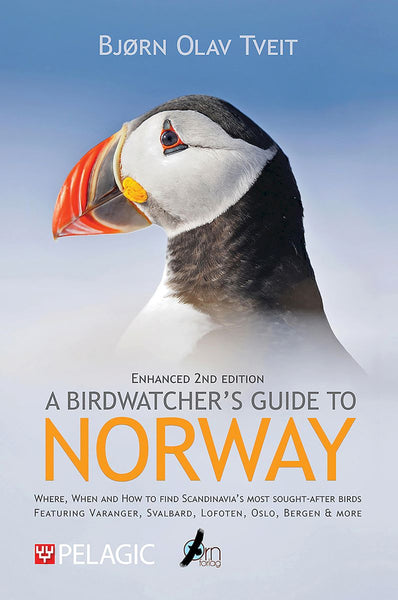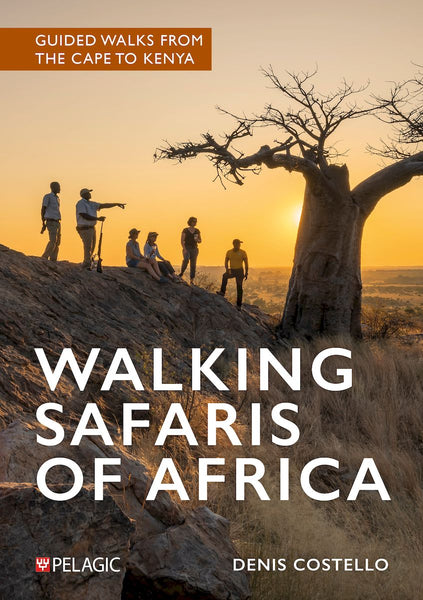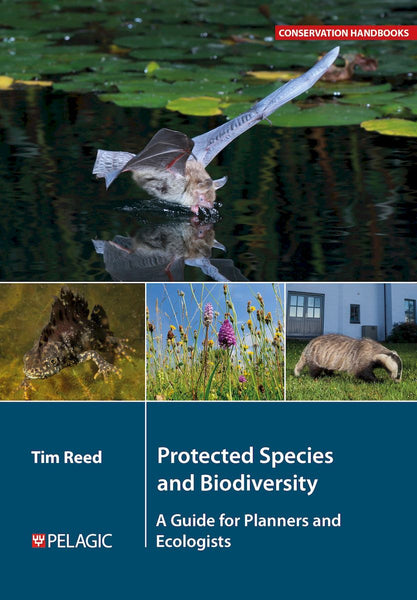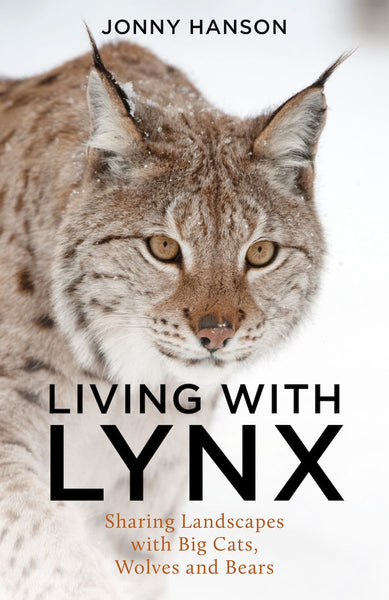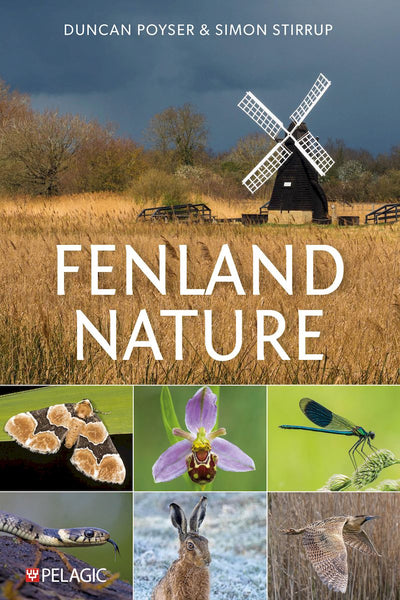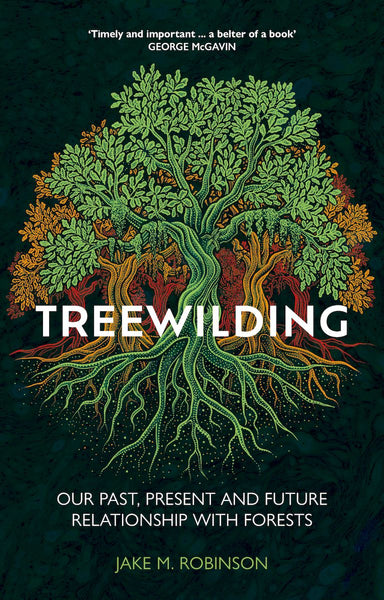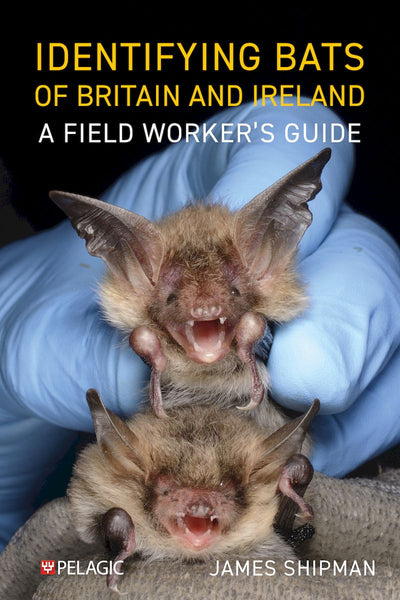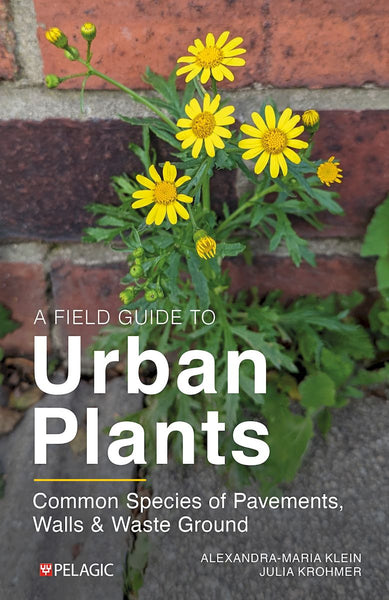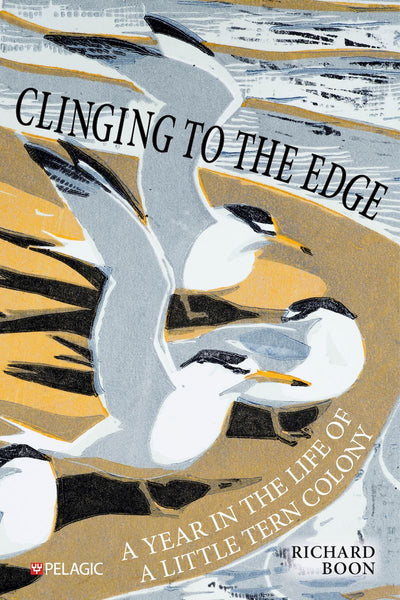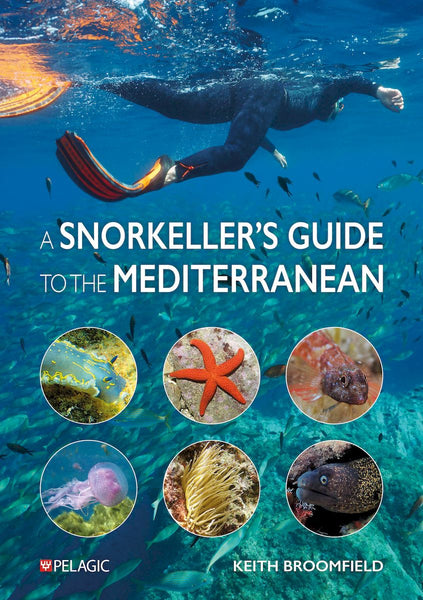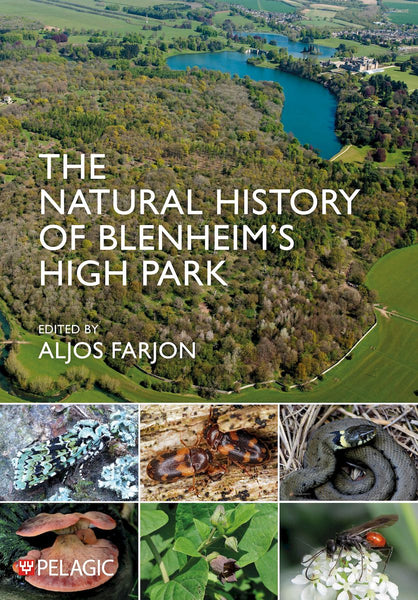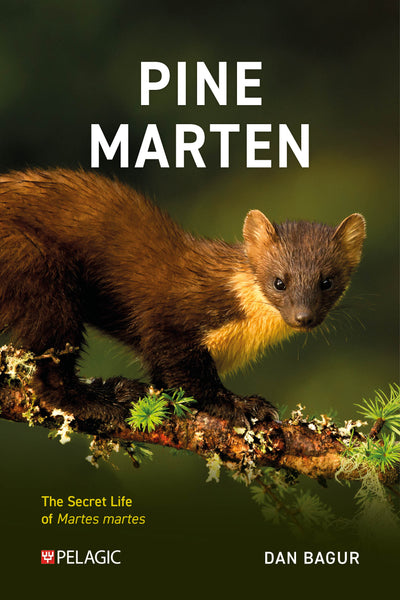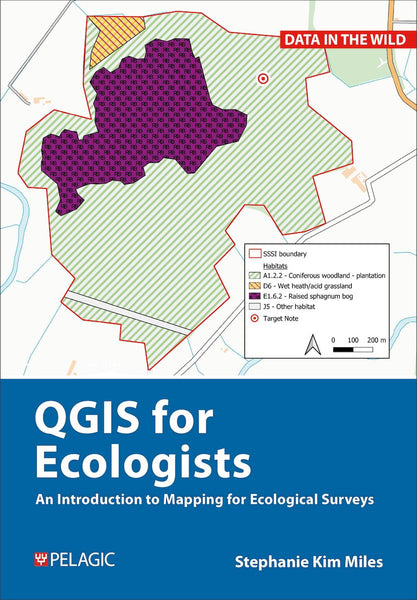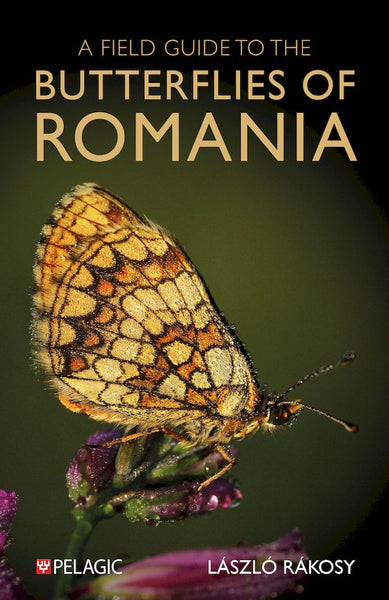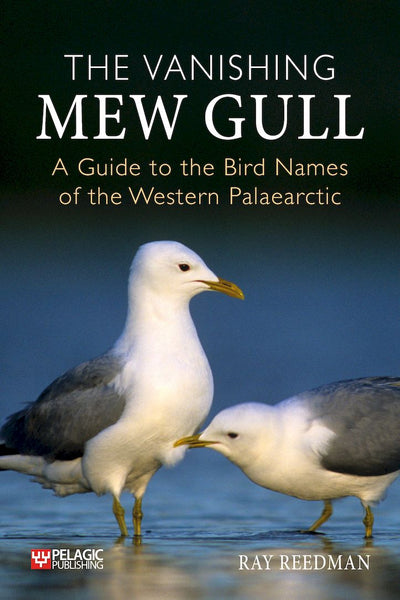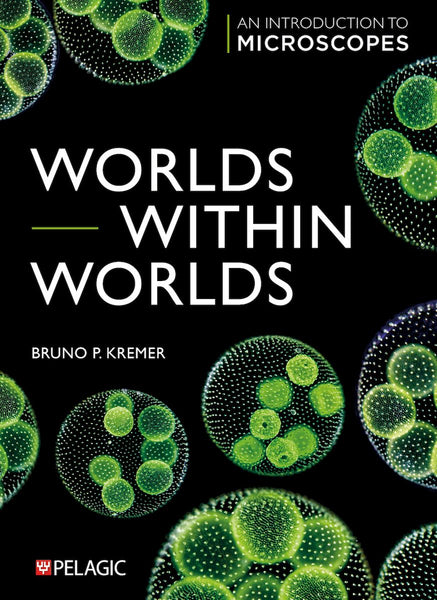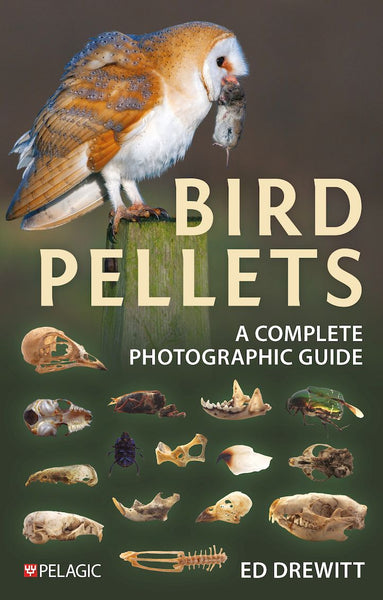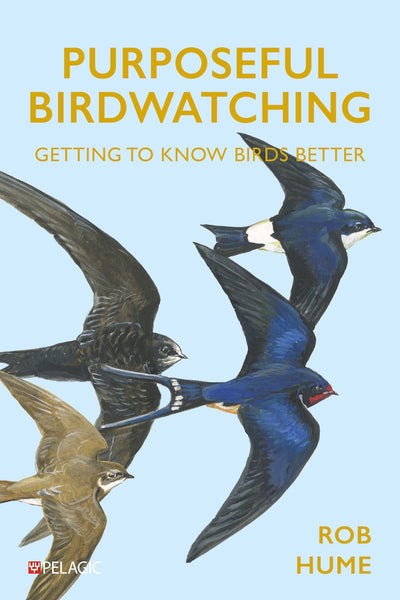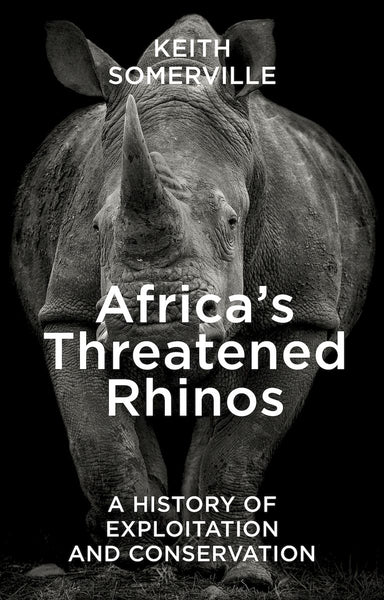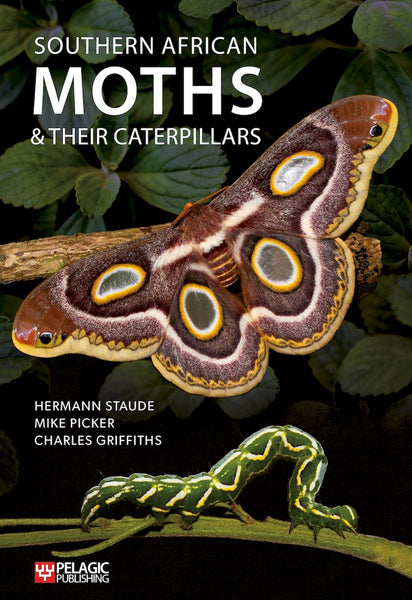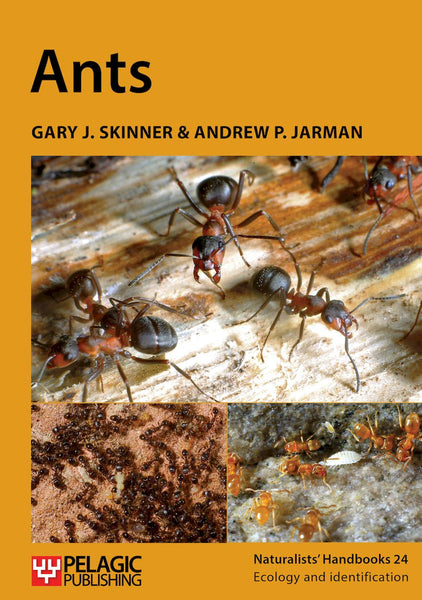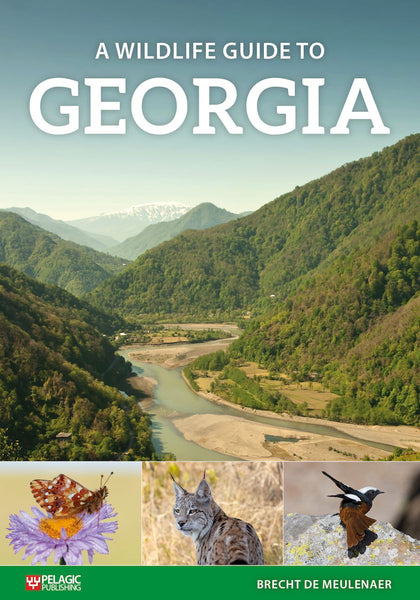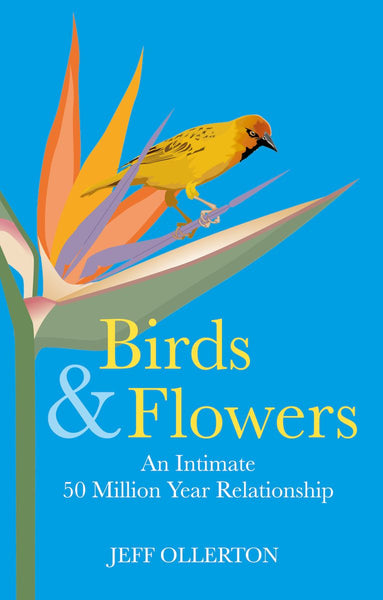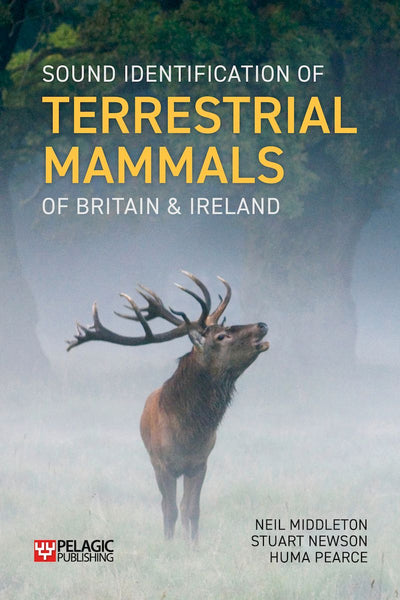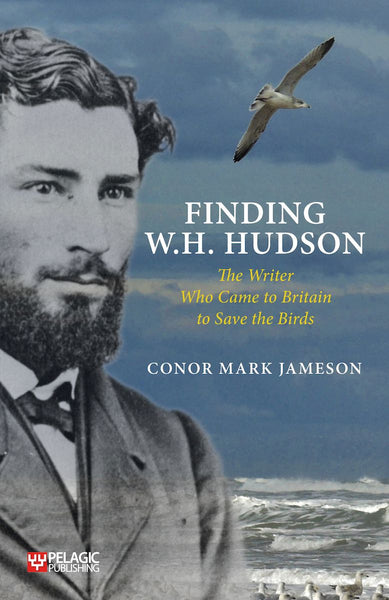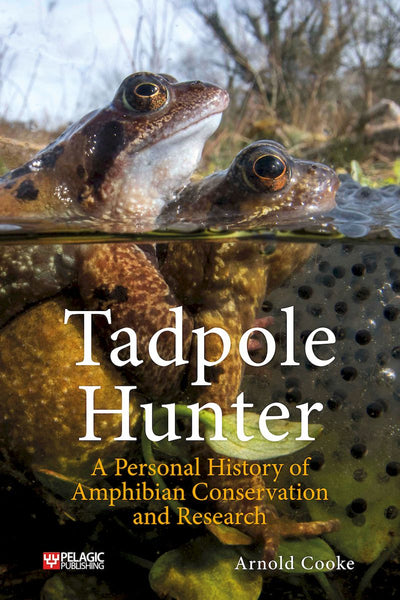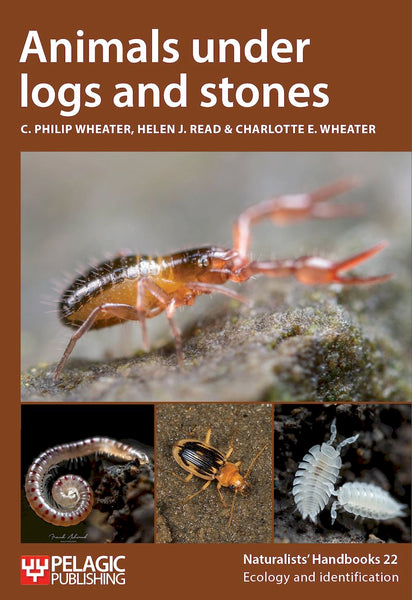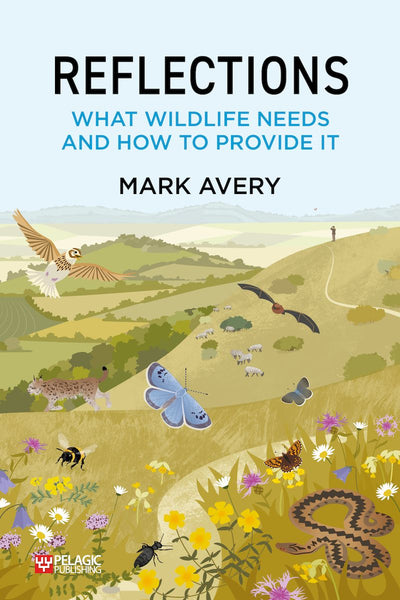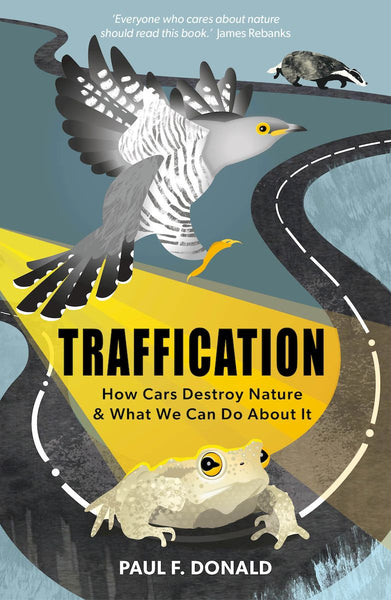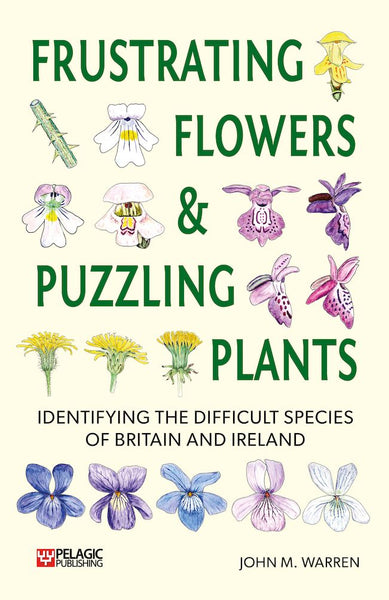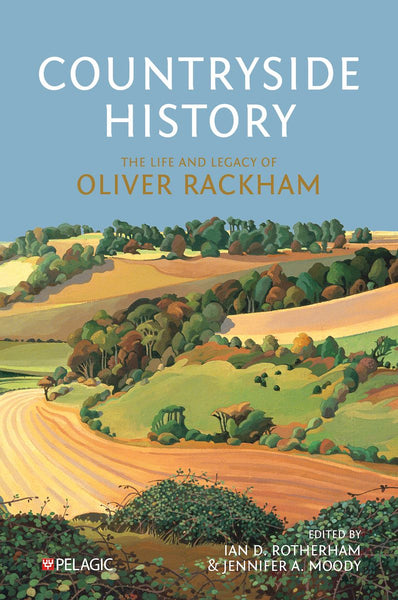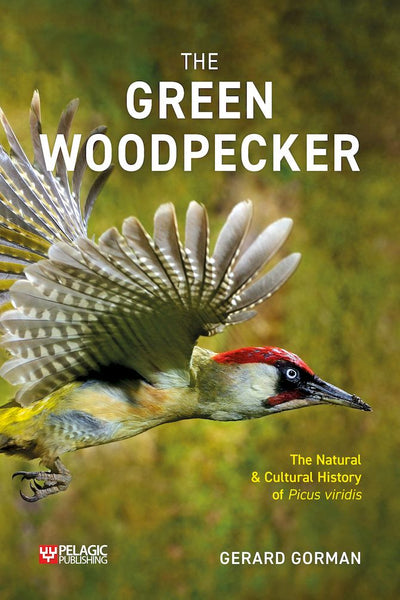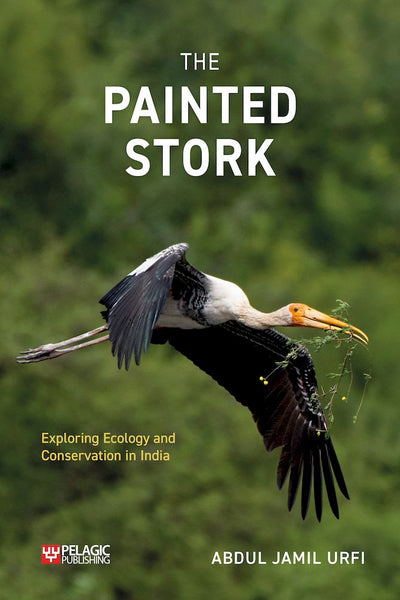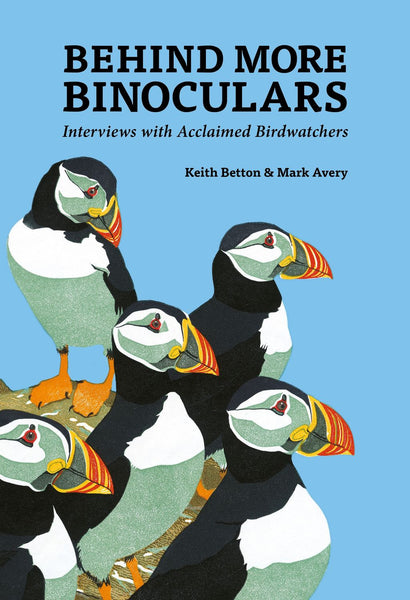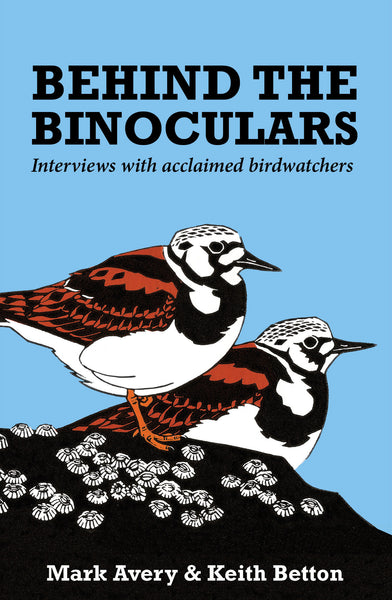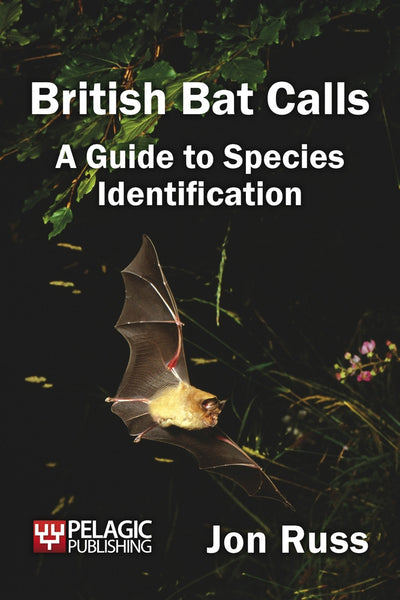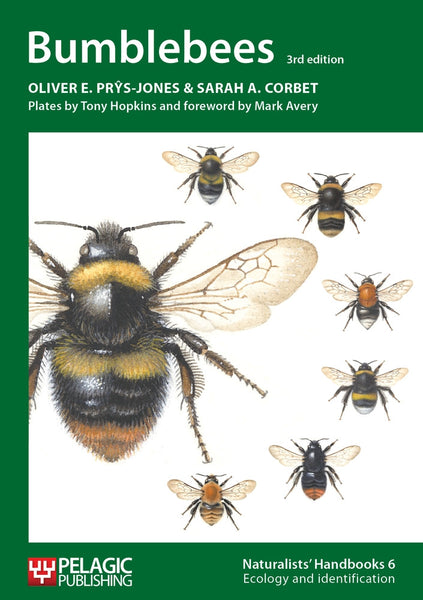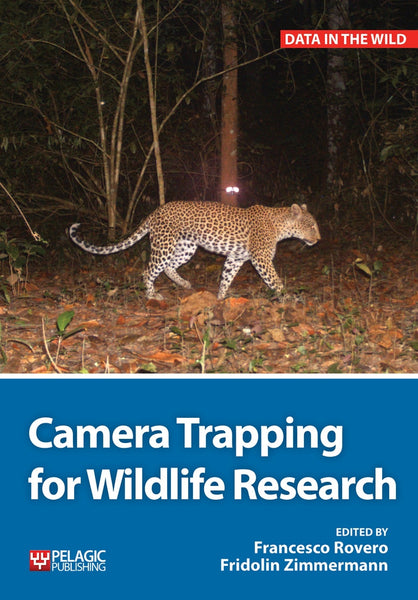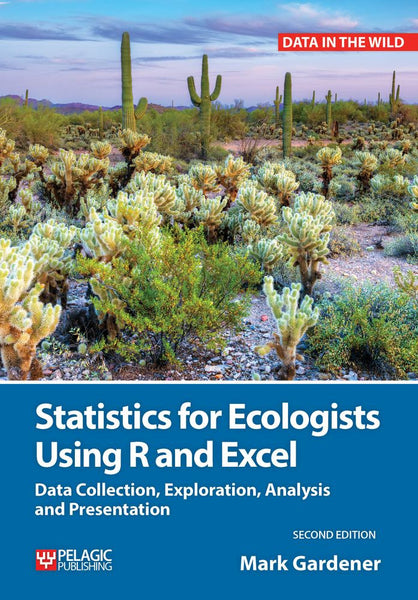Rob Hume talks to us about Purposeful Birdwatching and his lifelong passion for ornithology.
You have had a long career in ornithology, with 20 years spent as the editor of BIRDS magazine. When did your love of birds begin?
I remember being interested around the time I was in infant school, with my parents buying my brother and I some basic books. The pictures inspired me and still do: as I say in the book, yellowhammer and bullfinch remain favourite birds and favourite names, after all this time. There was a very brief spell of finding nests and taking one egg, which my Mum soon discouraged and was already illegal by then anyway: but when the other boys stopped, they didn’t have any further interest in birds, which I did. So it grew into my early teens. I found a book on the birds of Staffordshire in the school library – not much more than a glorified checklist – and quite soon met one of the authors, who became an older friend. My uncle took me fishing at what we called Norton Pool but which was, in the book, named Cannock Reservoir – now known to everyone as Chasewater. Once I realised it was the place that had so many good birds, so close to home, I took more notice and it became my ‘local patch’. Joining the West Midland Bird Club was a big deal as I felt good about it and got a great deal of information: it helped me with my birds and also with meeting other birdwatchers. I still visited Chasewater at odd weekends long after I started work at the RSPB. My Dad had a farming background so that helped. I’m still appreciating just how much he loved the open countryside and we always had a long Sunday walk. So, while no-one at school had any similar interest at all, I just grew up noticing things and probably bored the rest of the family to tears! But I was also lucky in that two cousins, far away in Essex, were more experienced and better than me and we used to correspond a lot and, when we could, go out together. They helped a lot. I was fortunate in being able to find good books in the school library, which became very important – I did read a great many books – and I was also keen to listen to radio programmes such as Romany when I was very small and watch TV programmes with people such as Peter Scott when I got a little older.

What can be better than a splendid bullfinch? What better name than redwing? These things appealed to me when I was 11, and still do.
It is estimated that around 6 million UK residents are regularly engaged in birdwatching. What do you think it is about birds that captivates us so much as a nation?
When I edited the RSPB magazine we reckoned on a readership of 4 million, give or take, but how many were really actively birdwatching I’m not sure. But we are made aware of birds from an early age, if only the puffin, flamingo, pelican, eagle and the Christmas card robin. If you have a garden you are bound to see some and feeding birds became popular so the variety increased, with blue tits, greenfinches and so on. Yet go slightly out of this familiar group – mention quite common ducks and waders such as gadwall, pochard, turnstone – and you very quickly leave nearly everybody behind. There is a basic interest in wild creatures around us and especially children have a great fascination with anything from mice and rabbits to deer and so on and most people like to see a few birds about. In countries such as the USA it is often manifested in hunting and shooting, but fortunately, here, we like our birds alive and well. I once had a conversation with the editor The Field, I think, and he asked why RSPB members were so antagonistic when we should all work together. It seemed obvious to me that RSPB members loved their birds, why did he expect them to like people who killed them for the fun of it? But of course it isn’t that black and white.
The book places focus on birdwatching as it was typically enacted in your youth; what do you see as being the main benefits of adopting these methods?
It is only recently that I got a smartphone, as you can do nothing these days without one... but I have to admit the camera is fantastic! But when people say you should take a photo of a bird with your phone, then blow it up and look at the detail later, I wonder why they bother. I’d rather watch the bird, thanks. I am not anti any modern methods, although I prefer to work things out for myself rather than ask an app. It is just that looking, looking, looking again, will do two things. It makes you check everything you can see, objectively. And it helps fix it in your memory. And a third thing, it is simply enjoyable. If you like watching birds, then watch them! For me, it is largely an aesthetic thing, but then there is all the extra baggage that comes with knowing about different plumages, whether the bird is common or rare or unexpected, and so on. They all add extra context. And I think there is a kind of respect for the bird: it deserves to be appreciated and properly observed, somehow. So, I always kept notes, descriptions of things that I had not seen before or knew little about, brief notes on especially enjoyable birds, times, places. Place has a lot to do with it. I am enormously fond of bits of Wales and Scotland, even though I have not been for years. It is all one big mix and I enjoy watching birds the way I do and always have. But there have been huge changes, of course, in the way we find out about birds, study them and record them. The internet just changed everything. I didn’t even have a phone at home to begin with: I knew people who gave other observers stamped self-addressed postcards so they could get information. Not quite the same as a pager, still less a mobile phone! So I’m not suggesting we go back to the old primitive ways, just that it is good to remember that it is about personal observation, which brings about the enjoyment and satisfaction.

A six-year period in Swansea opened up a whole new world of birds, epitomised by this ring-billed gull (right), which appeared amidst two or three thousand common gulls.
Purposeful Birdwatching is a mixture of memoir and gentle advice and includes many illuminating extracts from your notebooks across the years. What made you decide on this format for the book?
I have a shelf full of notebooks, but almost none of my old notes actually made in the field in little notepads. I copied them all up into ‘fair copies’ in bound exercise books. But some of my old sketches were kept and sellotaped in. Once I began to keep my notes on a Word document instead, the sketches became few and far between. I had all this information, which was interesting to me of course because of all the personal memories, but I thought it might be interesting to other people in a slightly different way. People write books about great days fishing, why not great days watching birds? And then it became about ordinary days as well, to help put the others into context. It is by no means a list of all the best birds I’ve seen, or all the best places I’ve been to. Most of the rarities I’ve seen, even some that I’ve found for myself, are missing from the book. It is a sample, that’s all. But I liked the diary format – times, days, places – that’s how it happens and that is how I remember it. And I like the idea that you look again and learn some more: so naturally a linear progression is a good structure.


Most of my grubby sketches done while watching the pallas’s warbler have gone, but here is one, with the tidied-up version later transposed to my more permanent book. It does nothing for the bird, which is beautifully delicate and colourful, but shows the distinctive features well enough.
Birdwatching is becoming increasingly popular with younger generations. How do you think people's attitudes towards birdwatching have changed in your lifetime?
I hope not much. There were several layers even when I started – the garden bird watcher, the beginner who never got any better but spent years getting things wrong but enjoying it all nonetheless and with no pretensions towards any kind of expertise. The people who became obsessed with one area, which they studied; a few with one or two species. Those who wanted to be identification experts above all else. And none of it mattered, as there are no rules, everyone can do what they like and enjoy birds however they wish to. That is still the same. There was an element of competition that crept in – you got things like the 400 club, people who had seen 400 species in the UK. There was also a good deal of nastiness at times with some people, who could be very critical of other observers if they thought they were making things up or seeing rare birds a day or two after they had left, things like that. I suppose it still goes on. But I hope the basic attitude is still to have a lot of fun, to learn, to find things out and, in the end, to help conserve the birds. Now, I think the pressing need for more conservation action and awareness must be increasingly strong. There is also the question of inclusiveness. The old ‘middle aged white male’ thing: it is odd, maybe, how it became a young white activity when you think of it, so many hard nuts interested in little feathery birds… But it was unusual to see women, still less ethnically diverse faces. If that continues to change it would be such a good thing.
The book highlights the decreased diversity of birds in Britain. Are you optimistic about the future of our birdlife?
That’s a difficult one. People used to say ‘Well, how many do you want?’ – things like eagles, harriers and so on. There was a kind of assumption that birds should be up towards the natural carrying capacity of the habitat – if you had heather moors, they should have a natural population of hen harriers as well as red grouse, for example, not what the landowner or gamekeeper decided. But the shooters might say a pair or two of harriers was surely enough. But it is so much harder now: what do you expect from farmland, for example? We need the food! Is there room for a finch flock? The old flocks fed on waste grain and weed seeds in the stubbles: now we have no stubbles, no waste, no weeds. And no finch flocks. It is more a case of ensuring that there are some rewilding schemes and some nature reserves to maintain a representative sample of everything, rather than any assumption that the countryside should have the relevant birds according to range and habitat. You lose vast amounts of seaside marshland to rising sea levels, reclamation and so on, but need to keep a little bit so the birds get a chance to survive. So, we have a few breeding redshanks, a few scattered flocks of wildfowl and waders or whatever. Yet the countryside can still look fantastic: every spring I think how wonderful Britain is, and every dull, grey, cold, still winter’s day I feel exactly the same as I wander around the local country lanes. It is beautiful: but often empty. Then I occasionally go to a large city, maybe to a football match (I do, believe it or not, like cities and people and the occasional crowd), and travel through miles of suburban areas, vast acreages of retail and industrial parks. People who live there can hardly be expected to worry about the linnet or redshank. But more importantly, MPs and other decision makers who live there and work there might have no idea what it is all about. There are, for example, plans to free up planning restrictions and build all over green belt. For me, it would be tragic to see great areas of beautiful countryside, perhaps just perfectly ordinary rural England – the kind they fought to save in the world wars – disappear like that, but I feel that more people now care far less about it. It is shown in more minor ways too: the growth of advertising signs in fields all along motorways for example. I struggle with the impossible dilemmas of covering acres of countryside with solar panels, wind turbines everywhere. I know we need them! And the litter: we have become a filthy nation, sadly, with the vast amounts of litter thrown out along so many main roads, bypasses and so on, but also country lanes. How many people really don’t care at all? I find all that a bit sad: and in more important ways, see the declines of so many species. Yet there are people doing things all over the place to help wildlife, in the UK and worldwide: if there is a problem, there’s usually someone trying to solve it. The work of the RSPB, the Wildlife Trusts and others who maintain such brilliant nature reserves is fantastic. But outside reserves, I worry. Even our National Parks are treated as places simply to increase numbers of visitors, to generate more for the local economy, to organise all kinds of events that disturb everything, rather than look after what riches they have. But then I realise how selfish and arrogant I become. I can go there, but you lot can’t… it gets very tricky. I just know that if I want to see a turtle dove or a tree sparrow, a willow tit or a whinchat, it will be a difficult job. And not too many others are increasing to help balance the account.

Where are they now? The tree sparrow has withdrawn northwards and eastwards in recent decades and is hard to find, now, in much of the UK. The willow tit has also more recently disappeared from many areas.
What advice would you give someone looking to support our birdlife?
There are so many good books and websites now. No excuse for not getting the right information… but focus on a few things I think. First, an overall support for conservation – you can't beat joining the RSPB and investigating a local group, where you will meet people like yourself. For a local focus, also try the Wildlife Trusts. If you want more advanced material, look at one of the popular monthly magazines or the more specialized British Birds journal. Don't be afraid to ask questions and write letters (emails seem more easily ignored) - contact your MP about matters that exercise you. And read this book! Just keep going out, keep looking, keep questioning and keep learning.
Learn more about Purposeful Birdwatching here






